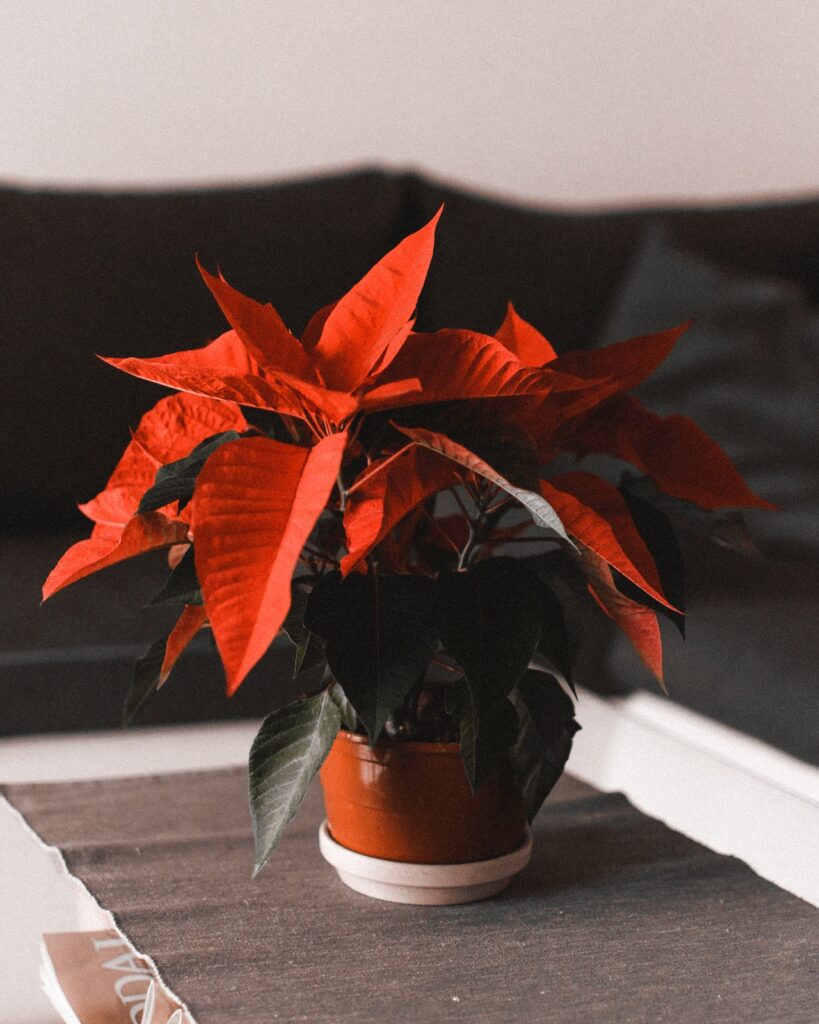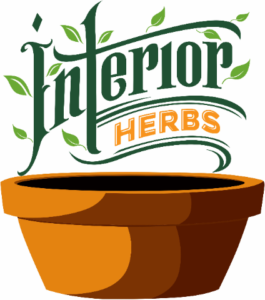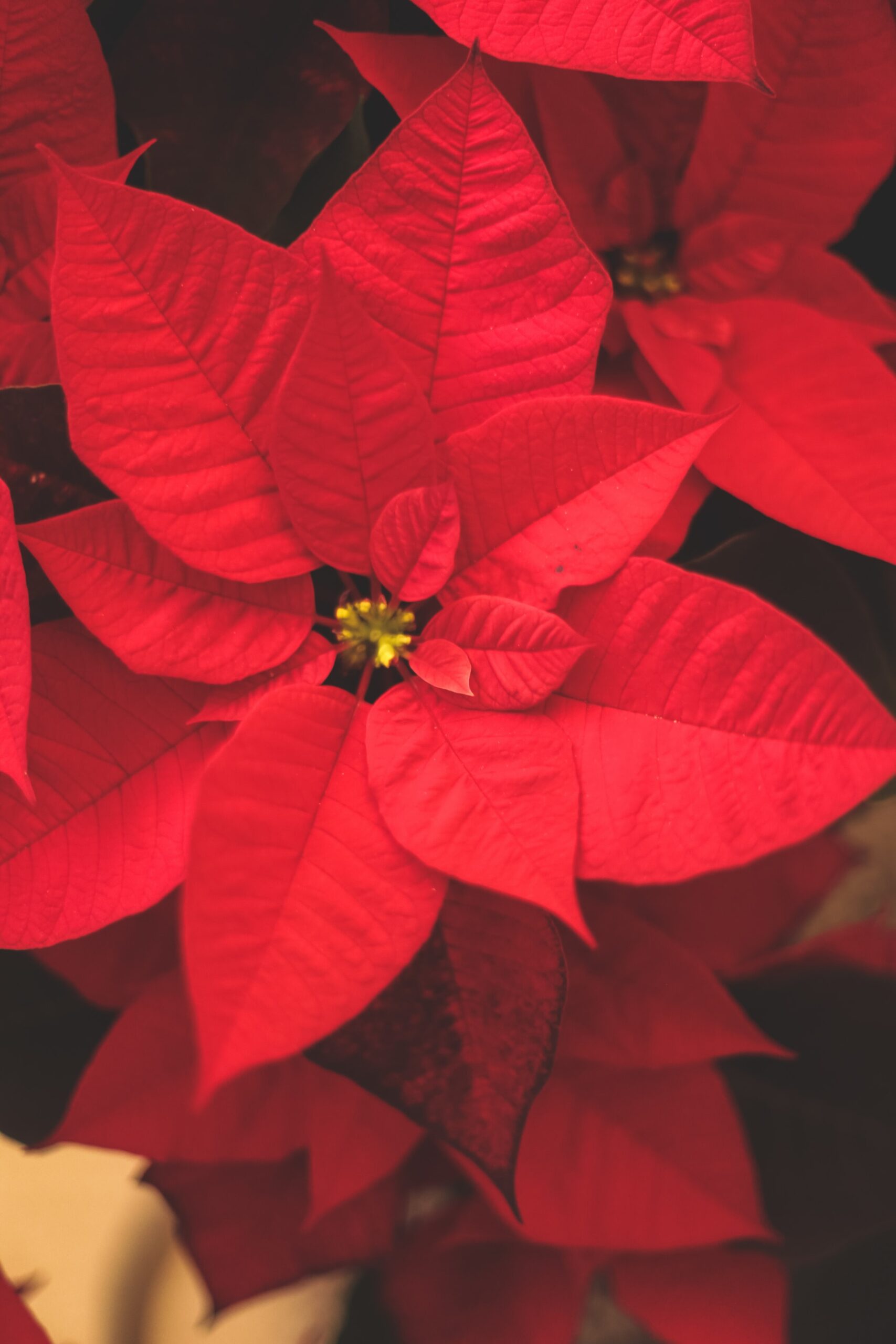Indoor garden is a great way to fulfill the dream of owning a garden. Every gardening enthusiast tries to include the best indoor plants in their garden. A great indoor garden has the best variety of plants in it.
For increasing home decor, most gardeners prefer to include colorful plants in the garden. Flowering plants are one such category. The other is plants with colorful leaves. Indoor plants with red leaves are one such plant category loved by gardeners.
Red is a color of utmost energy and passion. Red color attracts attention very easily. It can entice everyone with ease. Plants with red leaves are always attracting people who visit your garden.
They fit in perfectly with other plants and give a much needed color contrast to your garden as a whole. They need little care and are a great way to enhance your home decor.
So, let us have a look at some of the bets indoor plants with red leaves.
Red Agalonema (Araceae)
This easy to grow indoor plant is also one of the most stylish plants that you can install in your indoor garden. This is a relatively new entry in the world of indoor plants.
It has dark green leaves with elegantly flushed with bright red. Its colorful foliage make it the perfect home decor plant. This plant shows the best colors in medium light.
It is a small plant and would not need much space. The same for its care. This small indoor plant can withstand extreme neglect. It is also a great air purifier plant which removes harmful toxins from your indoor garden.
It is also great for people who have dry and chapped lips in winter. With such amazing benefits, it is no wonder that this small red wonder has found its way in the indoor garden of many plant lovers.
- Light – Indirect sunlight for 3 to 5 hours.
- Water – Water once a week when the soil is dry.
- Soil – Moist soil which can hold water for small interval of time.
- Humidity – 30% relative humidity.
- Flowers – Light pink flowers bloom in summer.

Poinsettia (Euphorbia pulcherrima)
These little indoor plants with red leaves are the focal points of any Christmas decoration. These easy to grow indoor plants have captivating red leaves.
Semi cool, humid locations are best for their growth. They need ample water. The biggest mistake gardeners make while caring for these plants is over watering them. There should be a gap of minimum one week between 2 consecutive watering sessions .
Allowing them to sit in water filled saucers can lead to root rot. The soil should be well drained and be allowed to dry. With little care and adequate sunlight, these plants will continue to grace your indoor garden and make it more appealing .
- Light – 4 to 6 hours of indirect sunlight.
- Water – Once a week when the soil is dry.
- Soil – Well drained moist soil.
- Humidity – 30% relative humidity.
- Flowers – Different varieties have different colors. Traditional white, red, pink to purple .
Coleus (Solenostemon)
Coming in shades of red, magenta and pink, this amazing indoor plant with red leaves has a great visual appeal. It can produce different kinds of flowers depending on the species.
This plant can bring more color to your indoor garden then you can ever imagine. It is cultivated as an ornamental plant by many gardening enthusiasts. It can improve your home decor in a short period of time.
- Light – 4 to 6 hours of sunlight.
- Water – Water this plant once a week.
- Soil – Well drained moist soil.
- Humidity – Relatively low humidity works well for this plant. 25% relative humidity.
- Flowers – Coleus left to flower may loose its vigour. So gardeners cut off the bud.
Angel Wings (Begonia Angel wings)
Angel wings plant can be a great addition to your indoor garden. It has large red leaves that are sure to catch the attention of every who has sets a look on your indoor garden.
It is a succulent which grows well in indirect light. This cadmium variety has large and vibrant heart shaped leaves and has red veins to compliment the olive green shade. It can grow well if given proper care.
- Light – 4 to 6 hours of sunlight.
- Water – Once a week when the soil is dry.
- Soil – Soil should be free from nematodes.
- Humidity – 30% relative humidity
- Flowers – Produces inflorescence of yellow flowers during summer season.
Pencil Cactus ( Euphorbia Tirucalli)
Pencil cactus can be a worthy addition to your indoor garden. This amazingly beautiful plant has appealing red leaves, which attract attention with ease.
Its green foliage changes into a shade of red when it gets provided with proper sunlight and is kept in a pot. Another unique quality of this plant is that it produces red pigment to protect it from sunburn.
- Light – 4 to 6 hours of sunlight. Keep it on a south facing window.
- Water – Once every fortnight. Keep the plant on the dryer side.
- Soil – Organically rich soil.
- Humidity – 40% relative humidity
Flaming Lily (Anthurium andreanum)
This indoor plant will make it worth the little care it needs from you. It has a great elegant look. Its bright and waxy red bracts create a great contrast with the green foliage.
It is also among the few plants listed in NASA clean study which clear the air from toxins such as toluene, ammonia and xylene. This indoor plant with red leaves will make your garden more vibrant and enticing.
- Light – 2 to 4 hours of sunlight .
- Water – Twice a week.
- Soil – Organically rich soil free of nematodes.
- Humidity – 40% relative humidity.
- Flowers – These plants can bloom year round. With each bloom lasting for 2 to 3 months.
Ti Plant (Cordyline fruticosa)
The red burgundy leaves of this delightful indoor plant will mesmerism you, every time you have a look at it. It grows well when it receives indirect sunlight. It is a low maintenance plant which can survive extreme neglect.
You can grow it in a tiny space and it will still continue to be the center of attraction. You can notice the growth of this plant in front of your eyes, in a short span of time.
- Light – 4 to 6 hours of sunlight.
- Water – Once a week when the soil is dry.
- Soil – Well drained soil.
- Humidity – 30% relative humidity.
- Flowers – It mostly produces flowers in shades of pink and white, during summer.
Croton (Codium variegatum)
This delightful indoor plant with red leaves is a sight to behold. It has a enchanting presence and can easily attract the attention of anyone who visits your indoor garden.
A warm and humid environment is must for this amazing plant. It loves sunlight and needs adequate water to grow properly
- Light – 6 to 8 hours of sunlight a day.
- Water – Twice a week.
- Soil – Moist well drained soil.
- Humidity – 40% relative humidity.
- Flowers – The tiny yellow flowers of croton are of no significance as they get hidden beneath its large leaves.
Polka Dot Plant (Hypoestes phyllostachya)
Sometimes indoor gardens are not able to get enough light. It may be due to the location of the house or the location of the garden in the house. Whatever be the cause, this plant is the best solution for this issue. Polka dot plant can grown in low amount of sunlight.
It does really well in shady spots. Its red splashes on the leaves give the perfect method to any gardener to increase their home decor.
- Light – 2 to 4 hours a day.
- Water – Once a week.
- Soil – Moist soil which is well drained.
- Humidity – 30% relative humidity.
- Flowers – Lavender color flowers bloom in winter.
Rex Begonia (Begonia Rex)
This semi tropical perennial plant can be a delightful addition to your indoor garden. It is a great plant which has amazing red leaves which can give a great visual appeal to your garden.
This amazing plant has one of the best durability when it comes to withstanding extreme neglect.
- Light – 4 to 6 hours of sunlight.
- Water – Once a week when the soil is dry.
- Soil – Moist and well drained soil.
- Humidity – 30% relative humidity.
- Flowers – The flowers come in every color except blue.
These are some of the best indoor plants with red leaves. You should install them to make your garden more appealing.
Sam is a graduated biologist who sub-specialised in Botany in his final years. With a passion for human health and food, this was the perfect marriage of his interests. Having been born in the country but spent most of his life living in cities, this blog was his answer to learning how to grow a garden indoors if you didn’t have ample space outside.

